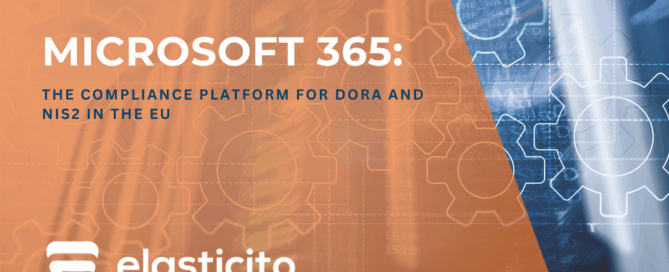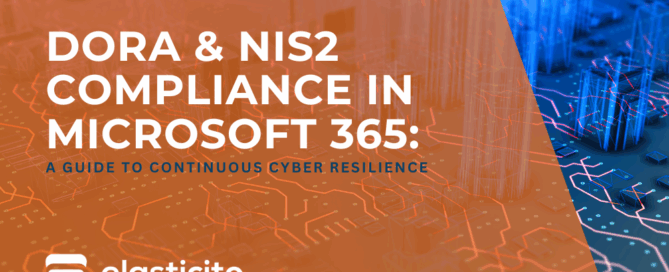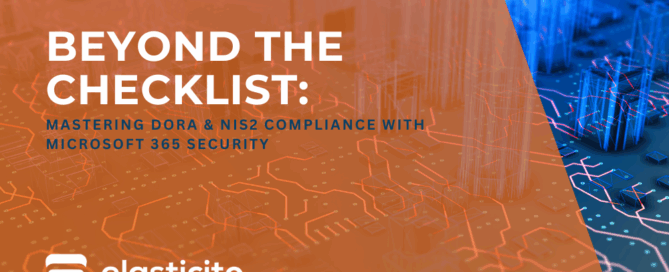Microsoft 365: The Compliance Platform for DORA and NIS2 in the EU
Microsoft 365: The Compliance Platform for DORA and NIS2 in the EU The European Union's regulatory landscape is rapidly evolving, placing stringent cybersecurity and operational resilience demands on countless organisations. The Digital Operational Resilience Act (DORA) and the Network and Information Security 2 (NIS2) Directive represent a seismic shift, forcing entities to move beyond basic security towards a verifiable state of continuous resilience. For many organisations, particularly those leveraging the cloud, the path to compliance runs directly through their existing architecture—specifically, their Microsoft 365 and Azure environments. Microsoft 365, with its integrated security, compliance, and governance tools, is uniquely positioned not just as a productivity suite, but as a foundational platform for European cybersecurity compliance. Successfully navigating the complexities of DORA and NIS2 requires a strategic approach that maps regulatory obligations directly to the technical capabilities within the Microsoft ecosystem. This article explores how organisations can leverage Microsoft 365 and



